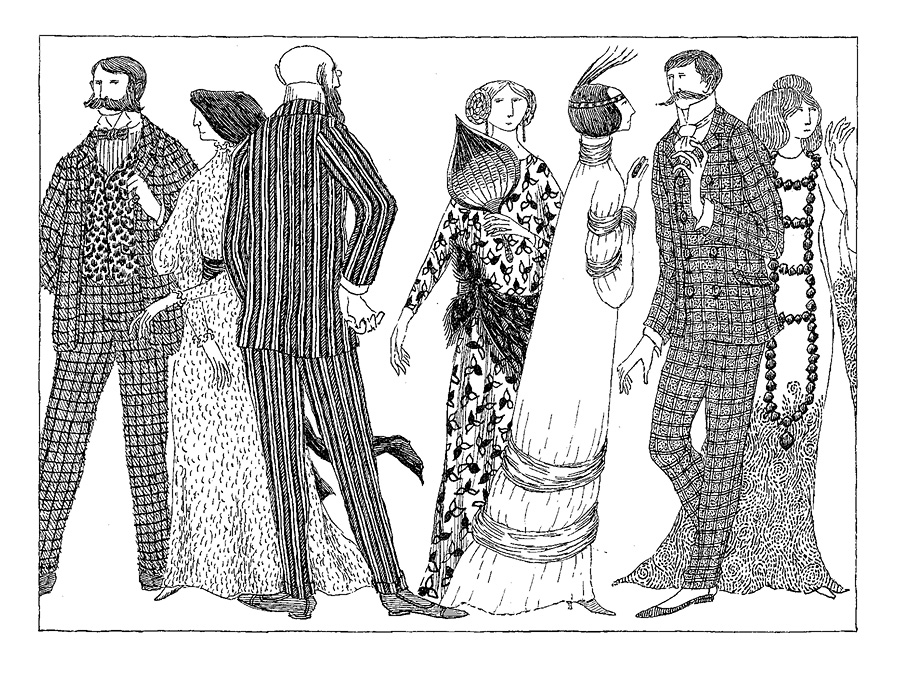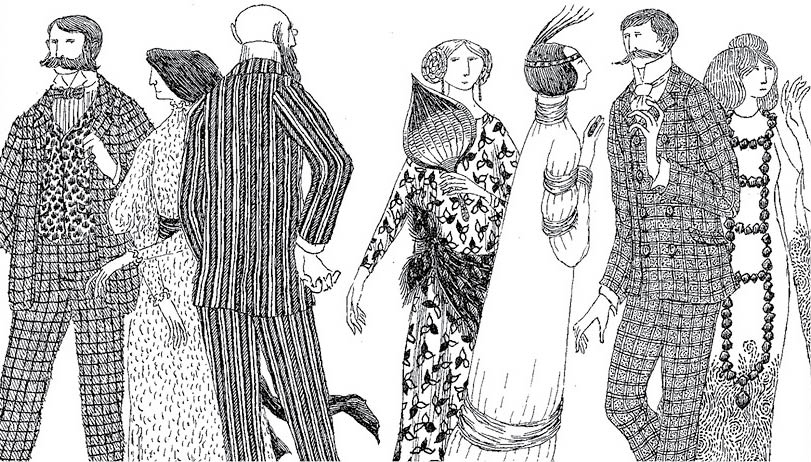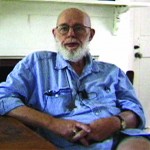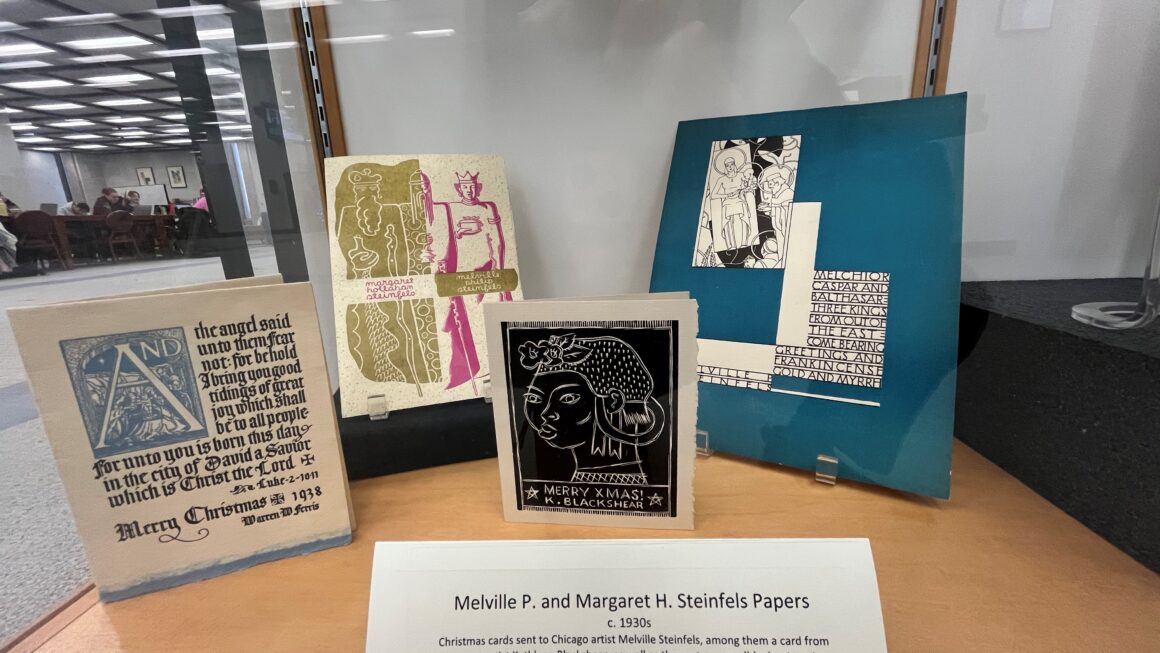Edward Gorey: A Brief Official Biography
Andreas Brown, The Edward Gorey Charitable Trust
February 2014
Author and artist Edward Saint John Gorey (1925-2000) was a child prodigy, drawing pictures at age two and reading by three, a skill that was self-taught. Excelling at school, he skipped a few grades and eventually arrived in ninth grade at the Francis W. Parker School in Chicago. There he was an exceptional student, contributing to school events, exhibiting in annual art shows, drawing for school publications, and even contributing to Chicago newspapers. During his senior year of high school, he had the highest regional scores on the college boards and received a scholarship to Harvard University. After graduation from the Francis W. Parker School, with a pending draft notice at the age of 17 and awaiting his orders, he enrolled in art courses at the School of the Art Institute of Chicago. He entered the U.S. Army in 1943 and served until the end of the war. To stave off boredom while stationed in Utah, Gorey ordered books from the famed New York bookstore, Gotham Book Mart.
After the war, Gorey enrolled at Harvard and pursued artistic interests, publishing stories and poems, exhibiting artwork at Mandrake Bookshop in Cambridge, and designing sets, directing, and writing for Poets’ Theatre, where he worked with John Ashbery, Frank O’Hara, Alison Lurie, Violet Lang and others. In early 1953, three years after graduation, he accepted a position in New York in the art department at Doubleday Publishers where he quickly became a significant figure illustrating or designing more than one hundred books, now sought after by Gorey enthusiasts.
In 1953, Gorey published his first book, The Unstrung Harp, an illustrated 64-page novella about a novelist’s creative struggles that stands as a precursor to graphic novels in which the story is told in comic-strip form. British writer Graham Greene declared The Unstrung Harp to be “the best novel ever written about a novelist and I ought to know!” Writing in The New Yorker, pre-eminent literary critic Edmund Wilson gave Gorey an important critical boost, thus launching a career that would last fifty years.
Soon after his arrival in New York City, Gorey became a serious admirer and frequent attendee of George Balanchine’s New York City Ballet. He often referred to Balanchine as a major influence on his work. Gorey also established an early association with Frances Steloff, the founder of the Gotham Book Mart. As a voracious reader, he started accumulating his library of some 25,000 books, many of which he read several times. Steloff was known for promoting aspiring writers and artists, and they became close friends. Even when he launched his own imprint in 1961, The Fantod Press, the Gotham continued to sell, and later occasionally publish, Gorey’s works until his death in 2000.
Gorey had begun exhibiting his art work as early as 1939 at the Francis W. Parker School and continued in his Harvard years at the Mandrake Bookshop. In December 1967 Gotham Book Mart announced the opening of an art gallery and invited Gorey to be among its first exhibitors. He exhibited there for the next thirty years. As a result of this association, Gotham Book Mart occasionally began to publish new Gorey works and eventually arranged for Gorey to work with Samuel Beckett, John Updike, and others.
Stemming from his work at the Poets’ Theatre at Harvard, Gorey had an interest in theatre and ballet. In 1973, he designed the costumes and sets for a production of Dracula at a small theatre on Nantucket Island. His work attracted considerable interest, and in 1977 Edward Gorey’s Dracula, starring Frank Langella, opened on Broadway. It was a huge success with extraordinary reviews, garnering two Tony Awards for best revival and Edward Gorey for sets and costumes. Dracula ran for almost three years and subsequently with road companies across America, in London, Australia and elsewhere.
Gorey’s writing and art began to receive serious critical reviews and praise and began to be translated into more than fifteen foreign languages, beginning in 1961 with his Swiss German publisher Diogenes Verlag. In 1972, he published his first anthology, Amphigorey, comprising fifteen early works. It was selected by The New York Times as “One of the Five Noteworthy Art Books of 1972.” More anthologies followed (Amphigorey Too, Amphigorey Also, and Amphigorey Again) and they quickly became classics and cornerstones of his large body of work. Gorey’s strong interest in book design and magazine illustration expanded into various forms including miniatures, pop-up books, and books with moveable parts. In 2012, Gorey was posthumously inducted into the Society of Illustrators’ Hall of Fame.
In 1975, Gorey became involved in printmaking, and for the next twenty-five years, he produced a variety of limited-edition prints. After his death, several etched copper plates were found in his house and published posthumously by the Edward Gorey Charitable Trust and the Edward Gorey House.
In 1980, Gorey designed and created the art for opening credits of Boston Public Television’s series Mystery! He worked with animator Derek Lamb, and their collaborative work ran for thirty years.
After visiting and living on Cape Cod every summer with his extended family, he purchased a two hundred year old sea captain’s home in Yarmouth Port with royalties earned from Dracula. In 1983, he left New York for good and moved to the Cape. In addition to continuing to publish widely and exhibit his art, he renewed his interest in theatre. He began to write, direct, and participate in experimental plays, working with local actors and puppets in a number of community theaters on Cape Cod.
Throughout his life, Gorey avoided explaining his work and was often reluctant to disclose personal information. One time, he broke with tradition when asked about philosophy and religion and answered that he was a Taoist and perhaps a surrealist (in his writing, not art).
A longtime advocate of animal welfare, Gorey had pets since childhood. From his time in New York until his death, cats played an important part in his life. He left his estate to a charitable trust which he established for the welfare of all living creatures, including cats, dogs, whales, birds, bats, insects, and even invertebrates. After his death in 2000, the Elephant House, Gorey’s name for his home on the Cape, became The Edward Gorey House, a museum dedicated to Gorey’s life and work and his devotion to animal welfare. The house and its annual Gorey exhibits are open to the public from April through December. www.edwardgoreyhouse.org
Gorey’s creative body of humorous, complex, serious, and provocative work includes over one hundred of his own works as well as eighty collaborations and illustrations for the books of other authors, hundreds of book jackets and covers, and hundreds of illustrations in magazines and newspapers. His illustrations for other writers include Nobel Laureates Samuel Beckett, T.S. Eliot, and Pulitzer Prize novelist John Updike. Gorey’s diverse artistic output over more than fifty years establishes him as a permanent part of the world’s achievements in literature, art, and theater.
 Illustration © The Edward Gorey Charitable Trust. All rights reserved.
Illustration © The Edward Gorey Charitable Trust. All rights reserved.




